The Future Of Museum Programming In The Wake Of Trump's Budget Cuts

Table of Contents
Reduced Funding and its Impact on Museum Programming
The immediate and most significant impact of reduced funding is a drastic effect on museum programming across the board. This translates into tangible limitations in several key areas:
Decreased Exhibit Development
Budget cuts directly translate to fewer new exhibitions and a greater reliance on existing collections. This impacts the museum experience in several ways:
- Fewer new exhibitions: The process of creating a new exhibition is expensive, encompassing research, design, fabrication, transportation, and installation. Budget constraints mean fewer opportunities for fresh, engaging displays.
- Reliance on existing collections: While showcasing existing artifacts is important, a lack of new exhibitions limits the museum's ability to explore new themes and attract diverse audiences.
- Postponement of planned projects: Ambitious exhibition plans are often put on hold indefinitely, hindering the museum's ability to stay relevant and current.
- Impact on special temporary exhibitions: These engaging and often high-profile exhibits are particularly vulnerable to budget cuts, diminishing the overall appeal of the museum.
The financial constraints impacting the creation of new exhibits are significant. Securing external funding through grants and fundraising initiatives becomes paramount, but even these efforts often fall short of covering the substantial costs involved. The potential loss of innovative and engaging exhibitions is a critical concern.
Limited Educational Programs
Educational programs, a cornerstone of effective museum programming, are also severely affected by funding reductions. This manifests in several ways:
- Cuts to school outreach programs: Field trips and school-based workshops, vital for engaging younger generations with history and culture, are often the first to be sacrificed.
- Reduced staff for educational initiatives: Fewer educators mean fewer programs and less personalized attention for visitors of all ages.
- Fewer public lectures and workshops: Opportunities for adult learning and community engagement are dramatically reduced.
The impact on museum education extends beyond immediate cuts. Reduced programming limits the museum's ability to fulfill its crucial role in community engagement and lifelong learning. This has long-term consequences for cultural literacy and public understanding of history and art.
Staffing Reductions and Morale
Perhaps the most devastating consequence of budget cuts is the impact on the museum's staff. This can include:
- Layoffs: Talented and experienced professionals are forced to seek employment elsewhere, resulting in a loss of institutional knowledge and expertise.
- Hiring freezes: The museum's ability to attract new talent and build its capacity is severely hampered.
- Decreased salaries: Reduced compensation can lead to decreased morale and a loss of skilled professionals.
- Impact on curator expertise and program development: Fewer curators and educators mean fewer opportunities for innovative and engaging program development.
The human cost of budget cuts is substantial. The loss of talented museum professionals, combined with decreased morale, directly impacts the quality and scope of museum programming.
Adaptation and Innovation in Museum Programming
While the challenges are significant, museums are demonstrating remarkable resilience and adaptability in response to budget cuts. Innovative approaches are emerging to sustain and enhance museum programming:
Increased Reliance on Digital Programming
The digital realm offers exciting opportunities for museums to expand their reach and engagement:
- Virtual tours: High-quality virtual tours allow audiences worldwide to experience museum collections regardless of geographical limitations.
- Online exhibits: Digital exhibits offer cost-effective ways to showcase collections and engage audiences online.
- Digital learning resources: Interactive online resources and educational materials enhance the learning experience and expand the museum's educational reach.
- Expansion of social media engagement: Social media platforms provide opportunities for direct interaction with audiences, sharing updates, and fostering community.
Digital solutions are often more cost-effective than traditional methods, making them a crucial tool for museums navigating budget constraints. The expansion into digital museum programming opens opportunities for global reach, surpassing geographical limitations and maximizing impact.
Strengthened Community Partnerships
Building stronger ties with the local community is proving vital for museums to overcome financial challenges:
- Collaboration with local organizations: Joint programming initiatives and shared resources can significantly enhance the overall impact of limited budgets.
- Seeking grants from community foundations: Community-based funding sources provide alternative avenues for securing financial support.
- Increased reliance on volunteers: Volunteers can contribute significantly to museum operations, freeing up staff and resources.
Community partnerships strengthen the museum's connection to its audience, fostering a sense of shared ownership and enhancing the long-term sustainability of the institution.
Diversification of Funding Streams
Museums are actively seeking alternative sources of income beyond government grants:
- Crowdfunding campaigns: Online platforms allow museums to directly engage with supporters and raise funds for specific projects.
- Private donations: Cultivating relationships with individual donors is crucial for securing long-term financial stability.
- Corporate sponsorships: Collaborating with businesses can lead to substantial financial contributions and increased visibility.
- Increased membership drives: Engaging community members with membership programs fosters loyalty and secures recurring funding.
Diversifying funding sources reduces the reliance on government grants, building a more resilient financial foundation for the future.
The Long-Term Outlook for Museum Programming
The future of museum programming will depend on a multifaceted approach:
Redefining the Museum's Role
Museums are reassessing their missions and adapting their programming to meet community needs:
- Focus on community needs: Museums are becoming more responsive to local needs, tailoring exhibits and programs to address relevant issues and concerns.
- Increased accessibility: Efforts are underway to make museums more inclusive and accessible to diverse audiences, regardless of physical or socioeconomic limitations.
- Prioritizing relevant and engaging content: Museums are focusing on creating engaging and thought-provoking exhibits that resonate with diverse audiences.
Redefining the museum’s role within the community fosters stronger engagement, ensuring that the institution remains vital and relevant.
Advocacy and Political Engagement
Museums are increasingly engaging in advocacy efforts to secure sustainable funding:
- Lobbying for increased arts funding: Museums are working to advocate for policies that support arts and culture funding.
- Public awareness campaigns: Educational campaigns are crucial in raising public awareness of the value of museums and the importance of supporting cultural institutions.
- Collaborations with other cultural institutions: Collective advocacy strengthens the voice of the cultural sector and enhances the impact of lobbying efforts.
Active engagement in advocacy is crucial for safeguarding the future of cultural institutions and ensuring the sustainability of museum programming.
Conclusion
Trump's budget cuts have presented significant challenges to museum programming, forcing institutions to adapt and innovate. While reduced funding has led to decreased exhibition development, limited educational programs, and staffing reductions, museums are responding by embracing digital strategies, forging community partnerships, and diversifying funding sources. The long-term outlook for museum programming depends on continued adaptation, advocacy, and a redefined role within the community. To ensure a vibrant future for museum programming, support your local museums through donations, volunteering, and advocating for increased arts funding. The future of museum programming is in our hands.

Featured Posts
-
 Kermit The Frogs Umd Commencement Speech A Hilarious Internet Response
May 23, 2025
Kermit The Frogs Umd Commencement Speech A Hilarious Internet Response
May 23, 2025 -
 Trinidad And Tobago Vybz Kartels Movement Limited By Government Decree
May 23, 2025
Trinidad And Tobago Vybz Kartels Movement Limited By Government Decree
May 23, 2025 -
 Vanja Mijatovic Novo Ime I Novi Pocetak
May 23, 2025
Vanja Mijatovic Novo Ime I Novi Pocetak
May 23, 2025 -
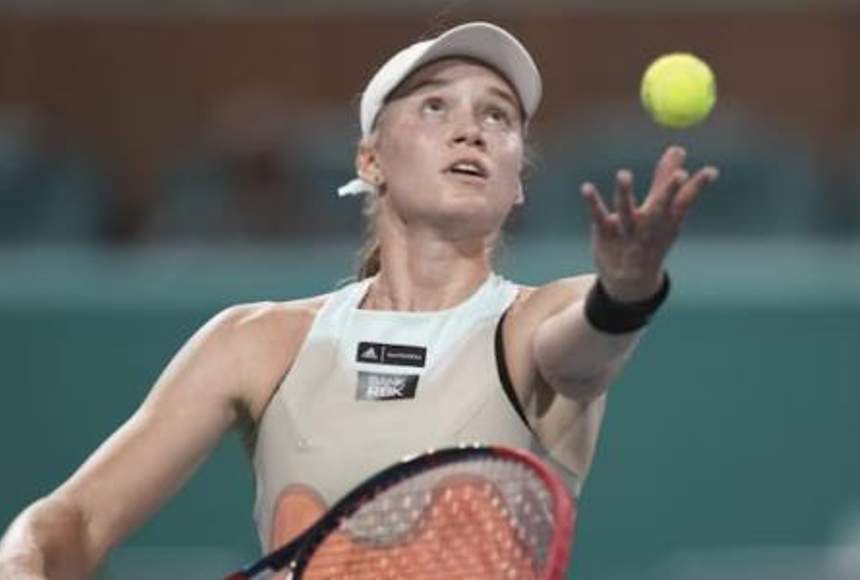 Onlayn Translyatsiya Rybakina Protiv Eks Tretey Raketki Mira
May 23, 2025
Onlayn Translyatsiya Rybakina Protiv Eks Tretey Raketki Mira
May 23, 2025 -
 Jonathan Groffs Just In Time Opening Lea Michele And Castmates Celebrate
May 23, 2025
Jonathan Groffs Just In Time Opening Lea Michele And Castmates Celebrate
May 23, 2025
Latest Posts
-
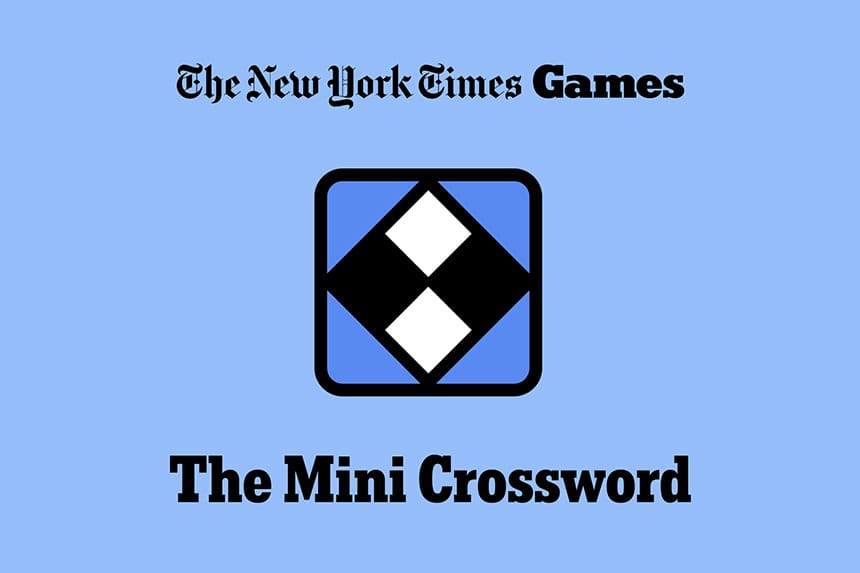 Solve The Nyt Mini Crossword March 13 Answers And Expert Tips
May 23, 2025
Solve The Nyt Mini Crossword March 13 Answers And Expert Tips
May 23, 2025 -
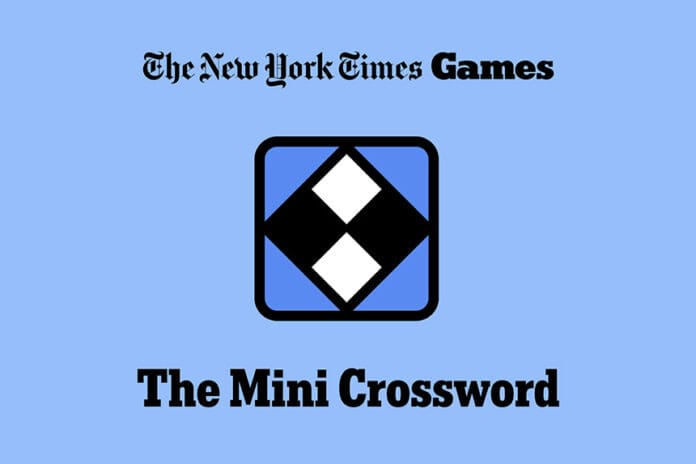 Todays Nyt Mini Crossword Answers For March 6 2025
May 23, 2025
Todays Nyt Mini Crossword Answers For March 6 2025
May 23, 2025 -
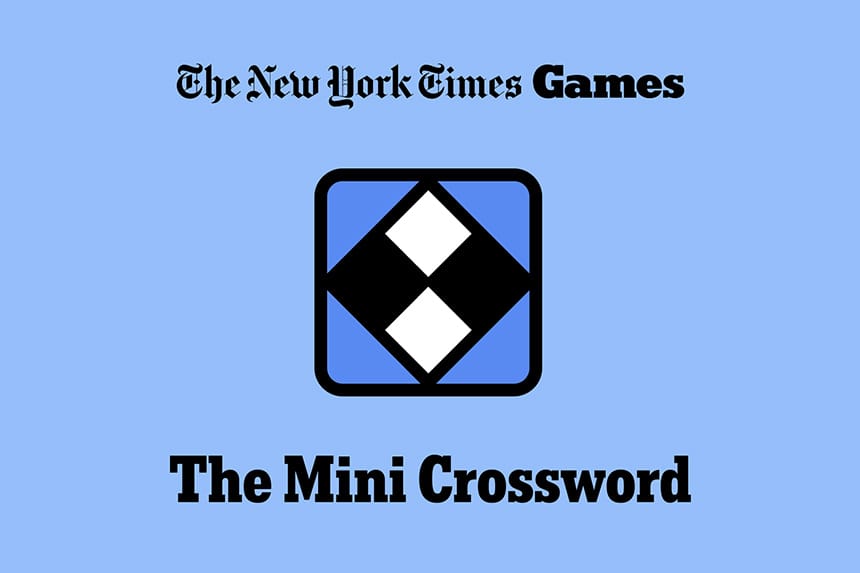 Solve The Nyt Mini Crossword March 6 2025 Answers And Clues
May 23, 2025
Solve The Nyt Mini Crossword March 6 2025 Answers And Clues
May 23, 2025 -
 Nyt Mini Crossword March 13 2025 Solutions And Helpful Hints
May 23, 2025
Nyt Mini Crossword March 13 2025 Solutions And Helpful Hints
May 23, 2025 -
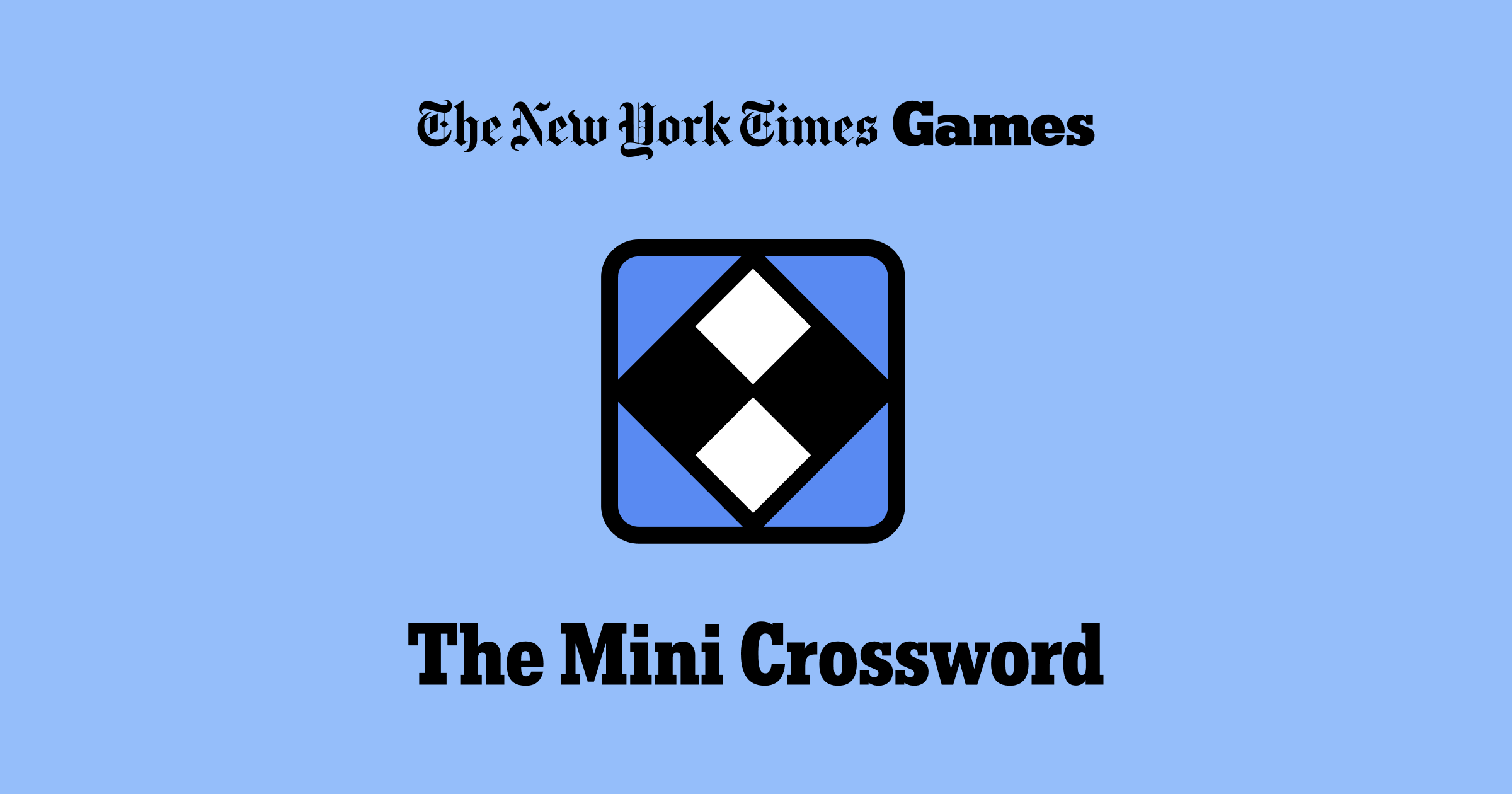 Finding The Answers Nyt Mini Crossword March 13 2025
May 23, 2025
Finding The Answers Nyt Mini Crossword March 13 2025
May 23, 2025
